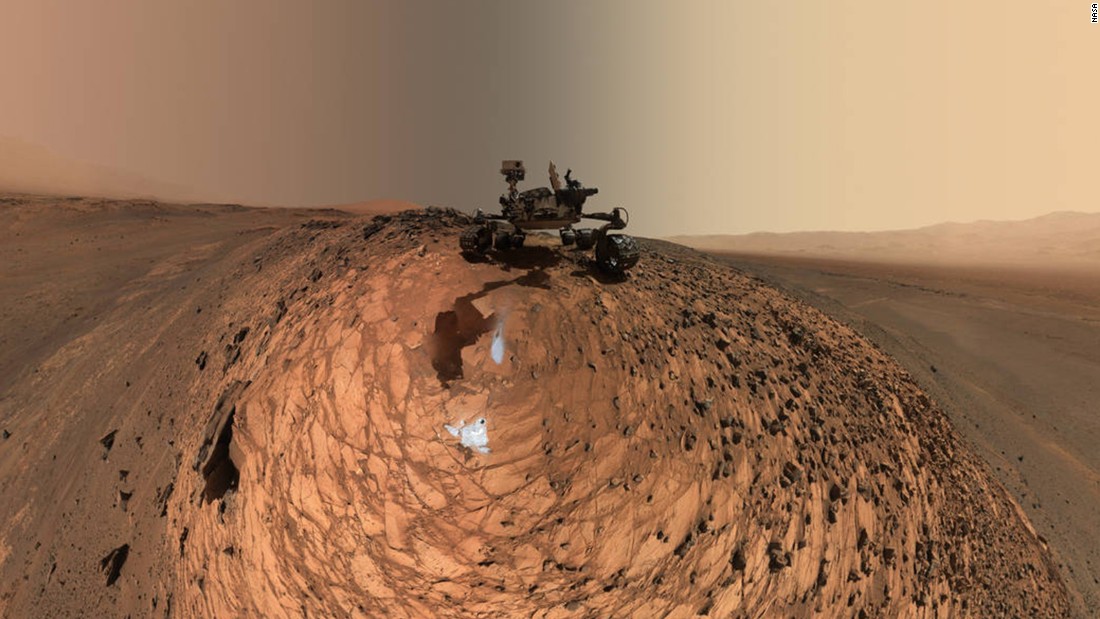
2015 year is coming to an end and we are legally entitled to review major events of the scientific world this year. However, this is not necessarily the most important scientific developments of 2015, but rather those that have created a buzz and attracted the attention of the public. And, of course, does not belittle the importance of the events that in this short list were not included. We talked about it and still talk.
On Mars have found water

The existence of water on Mars was discussed for decades. The more we studied the Red planet, the more obvious it became that once Mars was a thriving planet with an atmosphere, liquid water and possibly life. It is well known that on Mars and ice is still water vapor, but the presence of liquid water was confirmed only this year.
In October 2015, NASA announced that MRO team found evidence that liquid water still exists on the red planet. Although scientists do not fully understand the sources of this water, they know that it flows down along the walls of canyons and craters during the warm summer months of Mars.
Of course, this discovery added fuel to the fire of our interest in the search for life on Mars. Before that, we were content with the idea that Mars may indeed have saved the lives of millions or billions of years ago. And now we, although can not test directly, hoping that life still breeds on the red planet.
However, the process of analyzing new water sources (which have slippery called “recurring slope lineae”, literally “repeated slanted lines”) will be slow and methodical. There is concern that microbes from Earth can contaminate this water, so the Rover’s “Kyuriositi” is unlikely to analyze the flow of water, even if you find them. New and yet old and well-forgotten task faced by researchers of the cosmos, lies in the development of the spacecraft, free from germs, for further studies.
The project “Noah’s ark”

Despite the big name, the project “Noah’s ark” is not to collect examples of all the animals on Earth — just their DNA. MSU scientists want to build the largest DNA repository in the history, and plan to store the genetic material of each type of creature on the planet.
After the project was announced in late 2014, work has begun on the first phase in 2015, with the hope that the entire project will be completed by 2018. One is just the first phase, estimated to cost 19 million dollars, but it’s not a problem, since “Noah’s ark” has received the largest research grant from the Russian government — about 194 million dollars.
Although this project will be the largest of its kind, there are other similar programs. Millennium Seed Bank — a major conservation programme, Frozen Ark Project in the UK also stores the DNA of species under threat of extinction. In Washington, D.C., national Museum of natural history now holds the largest biorepository in the world, with 4.2 million samples.
Work on the installation “Noah’s ark” began, by the end of the area will be measured nearly 430 square kilometers Cellular material will be stored frozen and may be used in the future to return extinct species to life.
“New horizons”

Until recently, we had a very limited understanding of the Pluton, the red-headed stepchild of the Solar system. Our image of the dwarf planet provided more questions than answers, and begged them to increase their quality. In July 2015 we finally got what you wanted, when the space probe “New horizons” has carried out a flyby of Pluto and sent us incredible high-quality images of the dwarf planet, which showed her in a completely new way.
Pictures of “New horizons” has provided the Treasury with information about geographical features of Pluto: long mountain ranges, plain heart-shaped Companion Planum, the current across the plains of Pluto ice and more. We also got the opportunity to throw a close look at the largest moon of Pluto Charon.
The success of the “New horizons” was a long forge. The probe was launched in 2006 and made a flyby around Jupiter in 2007. It not only broke up the spacecraft using the gravity of the giant, but allowed to test the instruments onboard the probe.
After that, the spacecraft was immersed in hibernation and slept for 5 billion miles, until it reached Pluto by early 2015. Now that his flyby of the dwarf planet completed, “New horizons” moves to an object in the Kuiper belt, which we will be able to look in 2019.
The discovery of Homo naledi
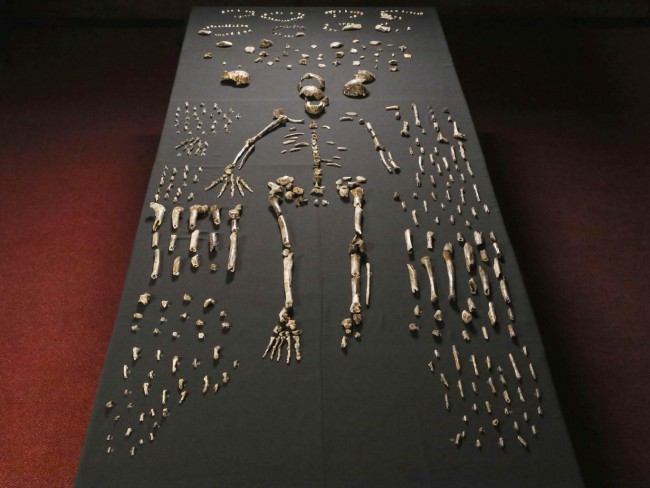
Pedigree of man has not yet disclosed the full extent, but we learn about it more and more over time. And this year, too, learned when he discovered Homo naledi, recently described extinct hominid, which, as scientists believe, was a member of the genus Homo. Homo naledi was found in the network of limestone caves in South Africa, known as the “Cradle of mankind”.
This discovery was made actually in 2013, when a group of speleologists stumbled upon fossils. After an extensive search was restored 1550 skeletal parts belonging to at least 15 individuals. It took time for a thorough recovery and analysis of the bones, which led to the discovery of Homo naledi and the announcement of the official opening in September 2015.
Lee Berger, an anthropologist at the head of the team, who described Homo naledi, said that it was a new species of the genus Homo. However, others decided to wait until other data. In December 2015 we even have not yet determined the age of these bones. On the basis of anatomical features, experts believe that Homo naledi could live at about the same time as Homo erectus with Homo habilis, about two million years ago.
Anthropologists are interested in the location of the bones in the discovery of Homo naledi. Dead, it seemed, were buried in the grave. Funeral practices for such a primitive species as Homo naledi, unprecedented and raise new questions about human evolution.
Map of epigenome
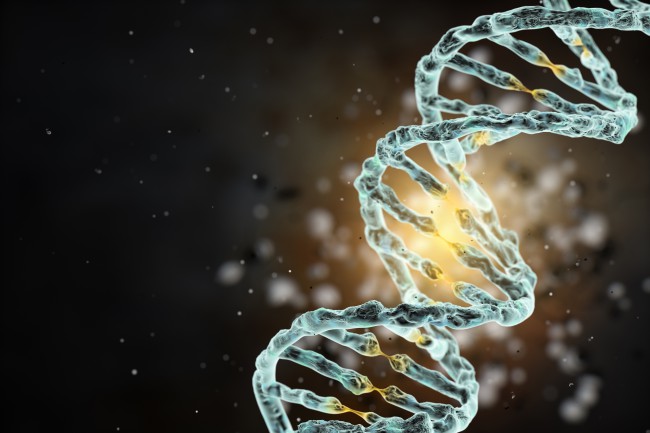
In 2003, scientists completed one of the most ambitious projects in the history of biology — the human genome. And yet, while the genome can be considered a road map showing all the genes that make up our DNA, the epigenome track all the changes in the structure and function of these genes.
Mapping epigenome was considered more difficult and more rewarding than genome mapping. Understanding the functions of different cell types and, more importantly, the ability to “enable” and “disable” them entails extensive medical consequences. Such changes can cause many diseases like cancer, diabetes, Alzheimer’s.
In early 2015, scientists presented a map of epigenome, detailed collection of 111 different types of human cells. That was quickly followed by dozens of articles and essays that explained the potential implications of these new discoveries.
The draft Roadmap Epigenomics mapping Program is far from complete. It was launched in 2008 to 240 million dollars allocated by the U.S. government, and will require 10 years for completion.
Opening Kimbetopsalis simmonsae

Kimbetopsalis simmonsae — not only extinct animal with the unpronounceable name, it is also one of the earliest discovered mammals. It lived about 65 million years ago and is considered to be mammals that survived the extinction event that ended the dinosaurs. Anatomy and diet of a newly discovered species has given us a wonderful guesses about how the mammals “caught” initiative after the extinction of the dinosaurs and become the dominant group of animals.
They are named in honor of Kimbeto Wash, district of new Mexico, where they found these fossils, with psalis (“scissors”), meaning well-preserved teeth of the blade. Simmonsae — in honor of paleontologist Nancy Simmons. The dimensions of this mammal is estimated at 1 meter in length and 10 kg in weight.
Kimbetopsalis simmonsae multituberculates were part of that early group of mammals that occurred during the Jurassic period and evolved along with the dinosaurs. After the extinction of the dinosaurs multituberculate flourished for 100 million years before giving way to the rodents and entirely disappear.
This particular multituberculate was part of a subset taeniolabidoids found throughout North America and Asia. Compared to other taeniolabidoids, which appeared earlier, Kimbetopsalis simmonsae were much larger. The lack of dangerous predators and powerful teeth of this animal allowed him to feast on a buffet of lush vegetation during the Paleogene, which contributed to their growth.
The world’s first transistor selectby
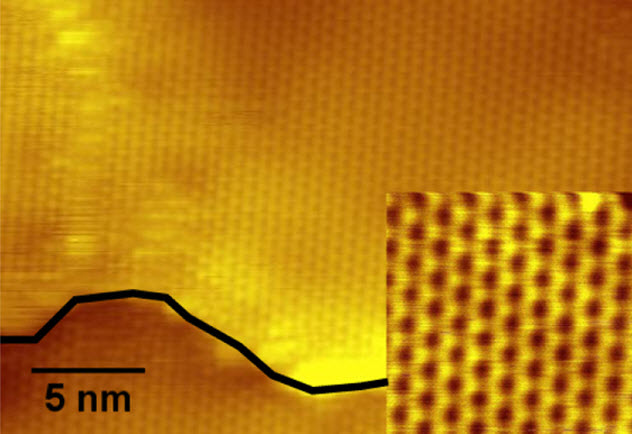
A few years ago of the allotrope of carbon called “graphene” was called a “miracle” in the world of nanotechnology. Formed in an atomic scale, it was 200 times stronger than steel, is almost invisible, I had heat and electricity. In 2015 and other product has become a byword: silicon.
This is a new form of silicon, which appears in layers with a thickness of one atom. Theoretically, the electrical properties of Siliana show that it can be used to produce extremely small and powerful computer chips. But actually to work with this material is very difficult, even when tested of its basic characteristics.
In February 2015, scientists have succeeded in creating the first transistor zeleznovova in the world. Joint efforts of American and Italian scientists, given their results, and their work was detailed in the journal Nature Nanotechnology.
The team reported that they had been able to build transistors using this method. According to their performance tests, silyanova transistors reach their theoretical potential. However, scientists are not sure whether this method is commercially viable on a larger scale. If so, silican, in their opinion, could supersede graphene in future nanotechnology, because it is easier to work with.
Meat from algae
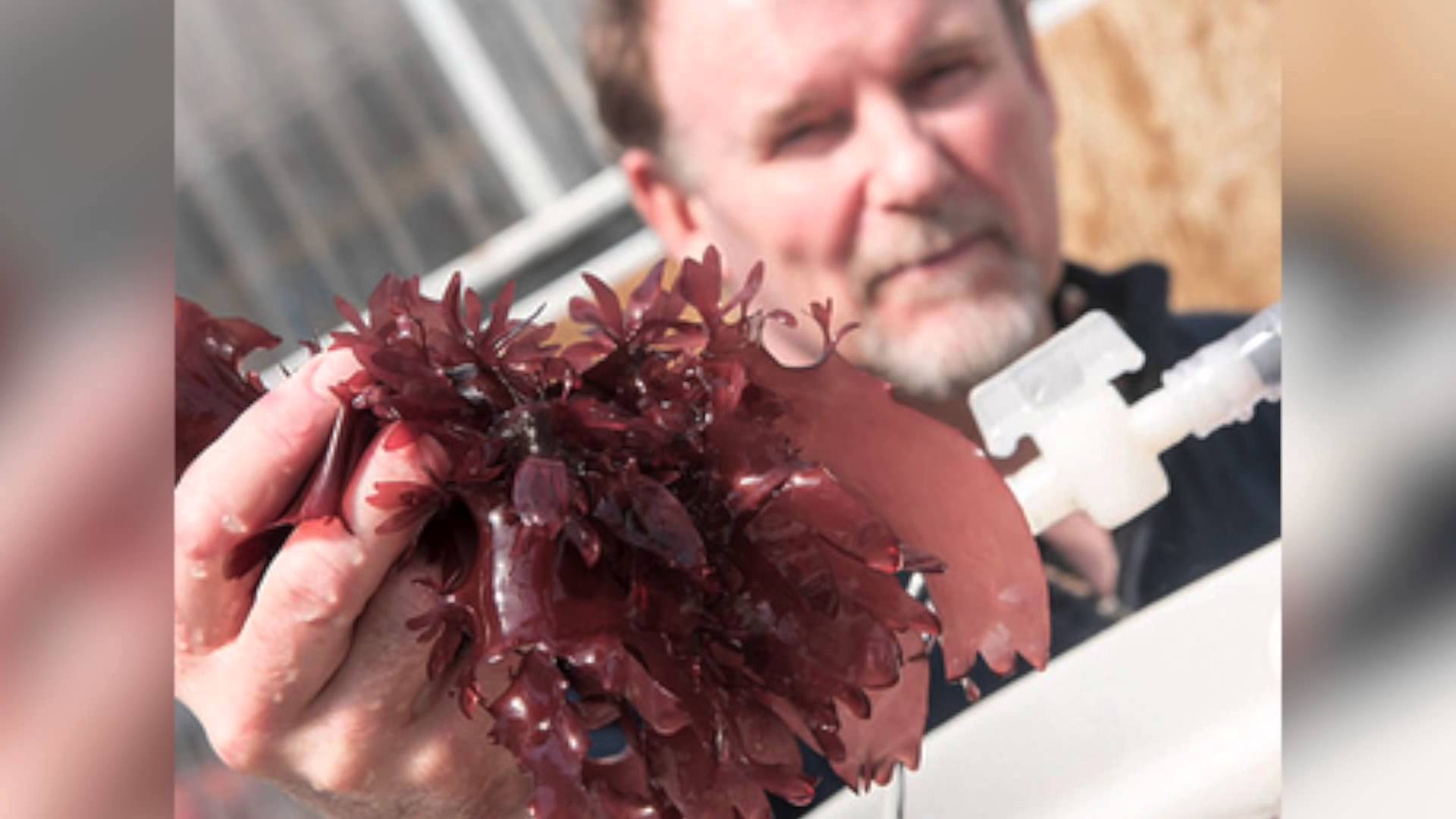
The whole world eats bacon, knowing that it’s not the most healthy food in the world. But what if there was a type of bacon that would be useful for you? It would be a kind of Holy Grail of gastronomy. Scientists from the University of Oregon are searching in this direction.
In the coastal areas of the Atlantic and Pacific ocean are seaweed called Dulce. They gathered and ate for many centuries, so this discovery is not new. Dulce appear to be “Superfoods”, which usually absorb people who want to lose weight. Compared with laminaria, better known algae, Dulce has twice as much nutritional value.
Researchers from Oregon was working on some new strains Dulce as a potential source of food for abalone (shellfish, delicious). Although they failed, it became clear something more interesting and strange when Dulce fried: they taste like bacon. Scientists quickly realized that this new strain of algae has great potential to become food for mankind. Currently they are studying the commercial aspects of bringing their findings to the public.
Wouldn’t be surprised if bacon Dulce will be a new treat for the whole world in the coming years.
The return of the wooly mammoth

Genetic engineering is one of the most contentious areas of scientific research. Scientists sifting through genetic material, often referred to as “representing God”, which, of course, stirs up a lot of controversy on the topic of the moral and ethical implications.
One such technology known as CRISPR, “short palindromic repeats, regularly arranged groups”. This technique can be used to modify a single gene, many genes and, theoretically, the whole genome. Some scientists believe that it may have a significant impact on the aging process. Others think that CRISPR can be used to modify entire species of problem animals (the same bacteria), in parallel, creating sverhsoldata harvest, producing a revolution in agriculture.
CRISPR can also be used for the treatment of extinction. The idea of returning an extinct species back to life, perhaps, was once reserved for science fiction movies, but now this opportunity is absolutely real until we have the DNA of the animal. Scientists have already begun to do so by inserting the DNA of wooly mammoths into Asian elephant cells.
A few years ago we mapped the entire genome of the woolly mammoth. This information may be theoretically possible to reconstruct the full DNA of a wooly mammoth and put it into the genome of its closest relative, the Asian elephant. As at the end of 2015 we have a healthy elephant cell with the DNA of woolly mammoths in them. But it is a step towards the return of animals that died 3300 years ago.
Magazania aliens

After years of study, astronomers announced the discovery of peculiar stars with a vague name KIC 8462852 in September 2015. It is also known as “star Tabby”, named after the lead author of the discovery of TABATA Boyajian. This star hit the headlines for his strange behavior in the form of unpredictable and chaotic fluctuations of light.
Usually the star light is blocked by objects in orbit for a few hours or days at regular intervals that can be predicted, once you learn the orbital behavior of the star. But the star Tabby behaved so strangely that people started to wonder: instead of aliens there be a flicker in orbit?
After media drew attention to the star, they began to say that orbit stars within 1500 light years from Earth discovered megastone aliens. In fairness, the existence of such structures was expected by scientists long ago. Advanced civilization could theoretically build a Dyson sphere in orbit around the star to use its almost limitless source of energy entirely.
Scientists were a little more reserved and skeptical, but they did not rule out the aliens completely. As at the end of 2015, we are almost sure that there are no aliens there, but still not found an adequate explanation of the behavior of the stars.
We know it’s not a planet, because even the giant Jupiter dims the brightness of the Sun just 1%. Star Tabby is blurred 22%. To produce this, the planet needs to be the size of palvesdu. Other theories include the cloud of dust and debris parade of comets and the star of irregular shape.
